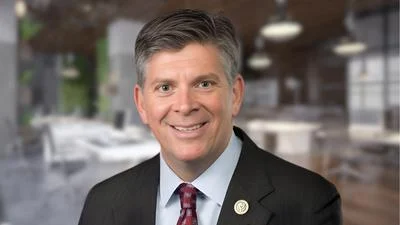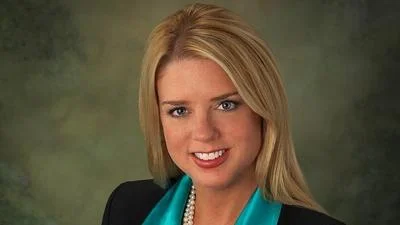WASHINGTON, DC - The Energy and Commerce Subcommittee on Communications and Technology, chaired by Rep. Greg Walden (R-OR), today held a hearing exploring “The Role of Receivers in a Spectrum Scarce World." The subcommittee focused on how best to promote innovation and maximize spectrum efficiency in the constantly evolving wireless communications marketplace.
“Good fences make good neighbors," said Walden. “Where I come from in Oregon, we know that’s the case for crowded city blocks and sprawling ranches alike. In our digital world - we’re running out of room. Demand for spectrum is far outpacing supply, and we need to figure out how to use the room we have as effectively as possible. In short, how do we create good, strong fences to make sure everyone stays within their spectrum bands so spectrum can be used as efficiently as possible? What engineering techniques and smart strategies are available to fit more mobile services in a crowded spectrum environment without having to carve out larger and larger guard bands - big, inefficient moats - to avoid interference? And how can we do so without unreasonably increasing the costs of services and devices?"
Ronald Repasi, Deputy Chief of the FCC’s Office of Engineering and Technology, explained that the FCC has largely focused on transmitters as it has worked to limit interference and maximize efficiency with previously allocated spectrum. However, given the rapidly evolving wireless technologies, he said, “Receiver performance is becoming increasingly important as a limiting factor as we move to repurpose spectrum and pack more services closer together on the spectrum chart. The continuing challenge for the Commission will be to maximize the amount of usable spectrum for cost effective deployment of new communication services while sufficiently protecting incumbent receivers."
Brian Markwalter, Senior Vice President of Research and Standards at the Consumer Electronics Association, discussed the role device manufacturers play ensuring that their products are void of interference issues and reliable for those that use them. He said, “Equipment manufacturers and mobile providers have a strong self-interest in developing and deploying devices that are resistant to forms of interference and devices that create as little interference as possible. The limited amount of available spectrum combined with the high cost of spectrum and the dynamic interference environment faced by the industry incentivizes the development of efficient and robust receivers."
Pierre de Vries, a Senior Adjunct Fellow at the University of Colorado at Boulder, highlighted the need for parties to work together to find the common ground that neighboring spectrum users can tolerate. He testified, “The policy challenge is to ensure that services that are affected by each other’s signals have the appropriate information and incentives to find the appropriate levels of interference and mitigation. The old strategy, which was to avoid any possibility of interference, is increasingly problematic as we need to crunch ever more services ever more closely together. A better approach is to maximize the value of wireless services, taking into account the costs and benefits of interference, rather than simply minimizing interference as an end in itself." While he advocates for the adoption of “harm claim thresholds," de Vries argues that those thresholds are best determined by stakeholders rather than government agencies.
“Remember: spectrum equals jobs, and we must make sure it continues to remain a job-creation engine in the future. We must ensure that our policies promote continued growth and innovation in this sector without endangering or nation’s communications, commerce and security," added Walden.




